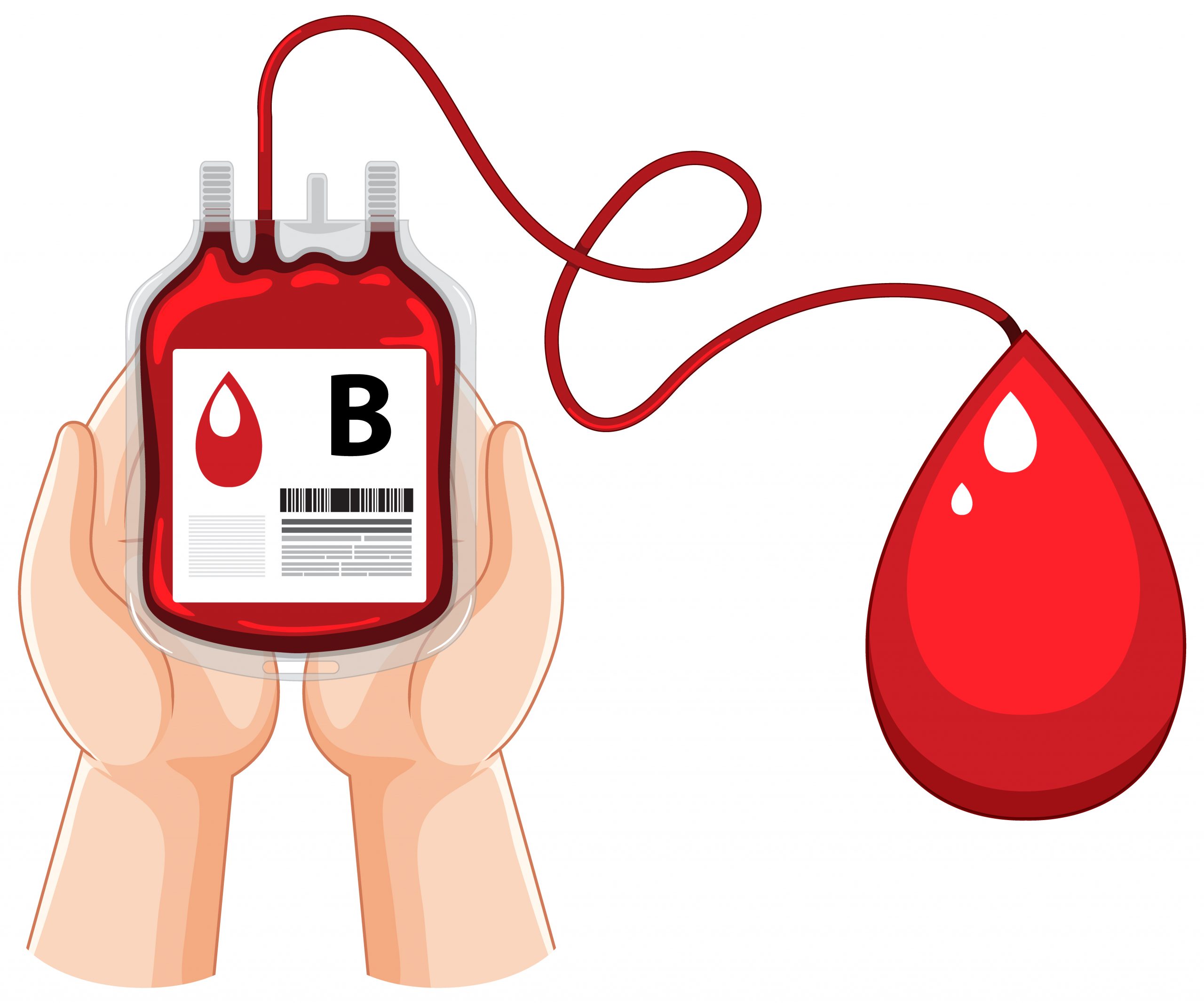

According to an interdisciplinary team of partners across the United States that includes leaders at the University of Minnesota Medical School, the new technology could transform present blood storage and quality monitoring techniques, enabling improved patient matching and outcomes during blood transfusions. The project, which was directed by scientists from Massachusetts General Hospital, was just published in the PNAS journal.
”Blood transfusion could be transformed by the technology we recommend,” said Susan M. Wolf, JD, a professor of law and medicine at the U of M Medical School and Law School and one of the article’s co-authors.
The current techniques for storing and monitoring blood can be improved with lab-on-a-chip technology and machine learning. This is accomplished by enabling more accurate measurements to evaluate the standard of blood units kept in storage and better match patients with blood units that are available for blood transfusions. The authors claim that very unwell patients, those requiring ongoing transfusions, and those undergoing major procedures may require these cutting-edge technologies in particular.
The report not only outlined a roadmap for suggested modifications to the current system, it also underlined the necessity of ongoing cooperation among scientists, engineers, ethicists, specialists in artificial intelligence, patients, and industry partners to improve current practices.
An interdisciplinary team working on the Engineering Research Center (ERC) for Advanced Technologies for the Preservation of Biological Systems (ATP-BioSM), which is supported by the National Science Foundation, wrote this PNAS publication.
“ATP-BioSM is proud to be part of this work that outlines the future of diagnostics in a blood product. This points the way for microfluidic technologies to improve the use of preserved cell therapy products for better patient outcomes,” said John Bischof, PhD, director of the ERC and the Institute for Engineering in Medicine.
The $26 million NSF grant funding for ATP-BioSM (EEC-1941543) and multiple NIH awards helped to fund this PNAS research in part. Bischof, Wolf, who also chairs the university’s Consortium on Law and Values in Health, Environment, and the Life Sciences, and David McKenna, MD, director of the medical school’s Division of Transfusion Medicine, are researchers from the University of Minnesota Medical School who have contributed to this groundbreaking work. At Massachusetts General Hospital, Ziya Isiksacan, PhD, and Osman Berk Usta, PhD, are the senior and primary authors of this article.
more recommended stories
 Pelvic Floor Disorders: Treatable Yet Often Ignored
Pelvic Floor Disorders: Treatable Yet Often IgnoredKey Takeaways (Quick Summary) Pelvic floor.
 Urine-Based microRNA Aging Clock Predicts Biological Age
Urine-Based microRNA Aging Clock Predicts Biological AgeKey Takeaways (Quick Summary) Researchers developed.
 Circadian Control of Neutrophils in Myocardial Infarction
Circadian Control of Neutrophils in Myocardial InfarctionKey Takeaways for HCPs Neutrophil activity.
 E-Cigarette Use and Heart Attack Risk in Former Smokers
E-Cigarette Use and Heart Attack Risk in Former SmokersKey Takeaways for Clinicians and Nurses.
 Ultramarathon Physiology: What HCPs Should Know?
Ultramarathon Physiology: What HCPs Should Know?Ultramarathon Metabolism: What Happens to the.
 High-Intensity Training and Oxidative Stress Insights
High-Intensity Training and Oxidative Stress InsightsNew Evidence Linking High-Intensity Training and.
 Sterilized Fermented Beverage for Obesity: New Evidence
Sterilized Fermented Beverage for Obesity: New EvidenceEarly Insights Into a Sterilized Fermented.
 36-Week Pre-eclampsia Screening May Reduce Term Risk
36-Week Pre-eclampsia Screening May Reduce Term RiskA New Preventive Strategy for Term.
 Cardiovascular Risk and Sudden Cardiac Death in Diabetes
Cardiovascular Risk and Sudden Cardiac Death in DiabetesRising Sudden Cardiac Death (SCD) Risk.
 Poor Kidney Function and Alzheimer’s Biomarkers Explained
Poor Kidney Function and Alzheimer’s Biomarkers ExplainedPoor kidney function may influence levels.

Leave a Comment